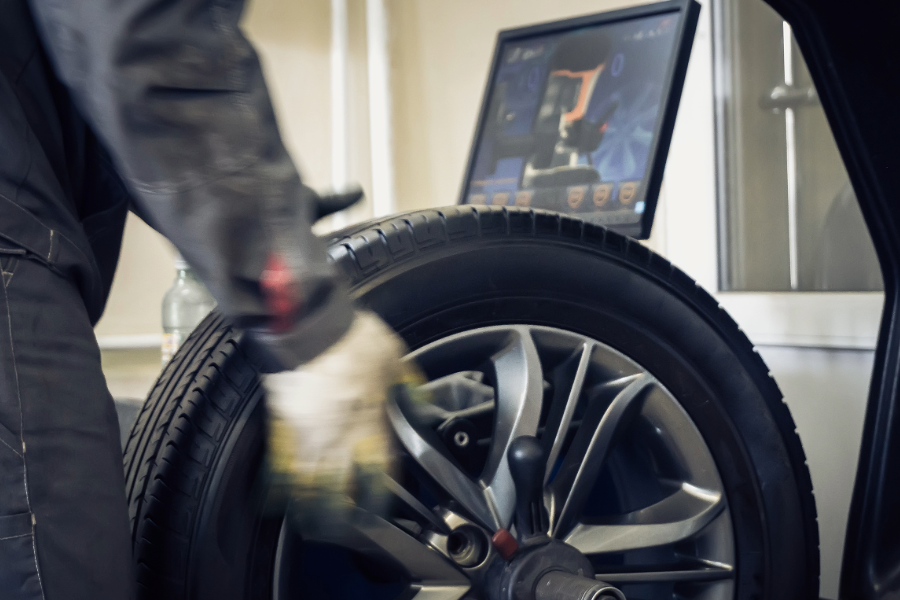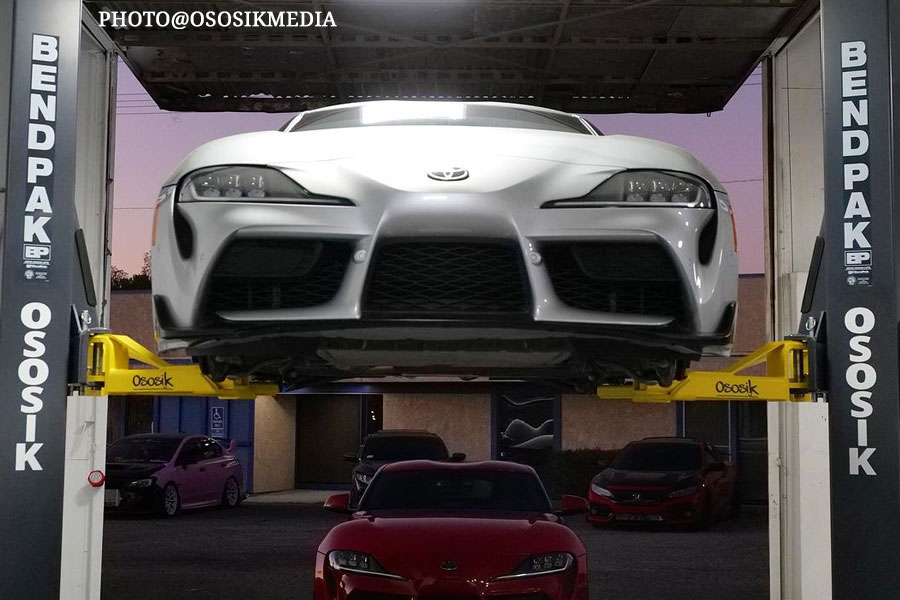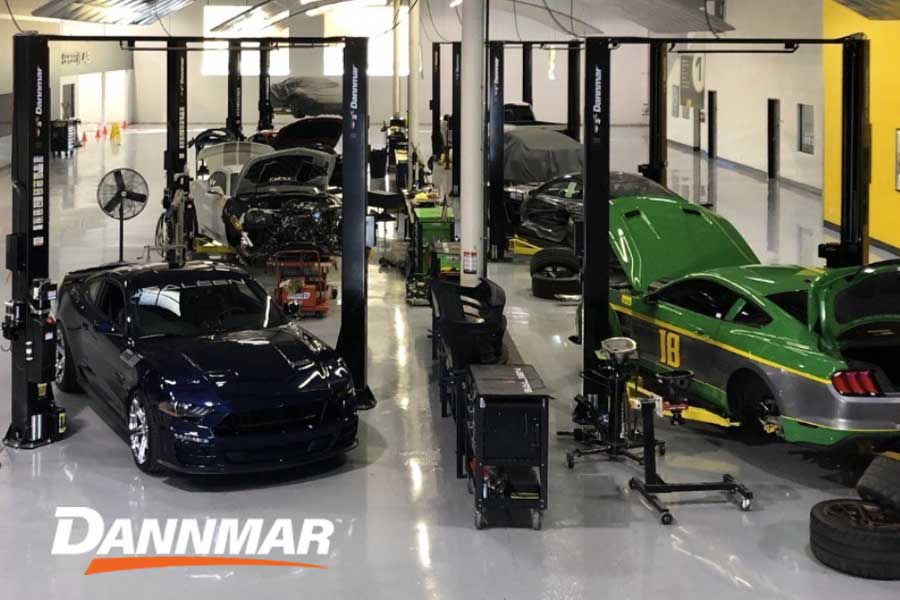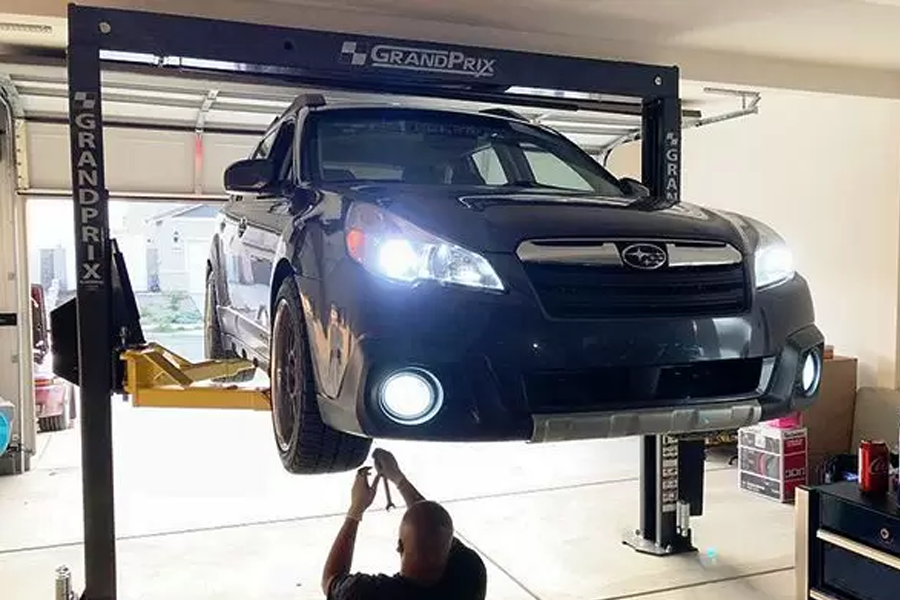Mastering Wheel Balancing: Your Ultimate Guide to Selecting the Right Wheel Balancer
You might think that all wheel balancers are created equal, but that’s not exactly the case. It’s crucial to understand the differences and functionalities of various models to ensure you’re selecting the right one for your needs.
From static to dynamic balancers, each type comes with its unique features, benefits, and drawbacks. Let’s embark on this journey together, where we’ll unravel the complexities of wheel balancing and guide you toward making an informed decision.
There’s a lot more to learn, so why not stick around?

At Best Buy Auto Equipment, we help automotive business owners locate the equipment they need at prices they can afford.
Introduction to Wheel Balancing
You’re about to discover the importance of wheel balancing in vehicle maintenance. It’s a key aspect that can’t be overlooked.
You’ll also learn why investing in quality equipment is crucial for auto repair businesses.
The Importance of Wheel Balancing in Vehicle Maintenance
In the realm of vehicle maintenance, wheel balancing plays a crucial role, particularly when cruising at high speeds. It’s not only about speed optimization but also about safety assurance and driving comfort.
The maintenance benefits are considerable. Properly balanced wheels lead to performance enhancement. You’ll notice smoother and more consistent handling, which contributes to a safer and more comfortable drive. Plus, wheel balancing extends tire lifespan, reducing your overall maintenance costs.
Ultimately, it’s about ensuring your vehicle performs at its peak while minimizing potential risks. So, don’t overlook the importance of wheel balancing in vehicle maintenance. It’s a small task that delivers big benefits, making every drive a pleasure.
The Role of Quality Equipment in Auto Repair Businesses
Given the significant role wheel balancing plays in vehicle performance and safety, it’s clear that auto repair businesses must invest in high-quality wheel balancers to enhance their service outcomes and boost their reputation.
Quality equipment like reliable wheel balancers can drive:
- Reputation enhancement,
- Service efficiency,
- Customer satisfaction.
When your equipment is reliable, it not only improves efficiency but also ensures accurate results, thereby increasing customer satisfaction. This invariably enhances your reputation as a dependable service provider. A solid reputation attracts more customers, paving the way for business growth.
Understanding Wheel Balancers
Let’s now get a grasp on wheel balancers.
You’ll learn about the differences between static and dynamic wheel balancers and how balancing technology has evolved over time.
This knowledge will enable you to make a more informed decision when selecting the right wheel balancer for your needs.
Static vs. Dynamic Wheel Balancers: A Comparative Overview
When choosing a wheel balancer, you’ll likely encounter two main types: static and dynamic, each with unique features and applications. From a performance comparison perspective, static balancers are simpler and less expensive but may not provide the same level of balance. Dynamic balancers, on the other hand, offer a more comprehensive balance by accounting for both static and couple imbalances.
Here are some operational differences and accuracy standards to consider:
- Static balancers are manually operated with less accuracy, while dynamic balancers use computerized systems for higher precision.
- Industry preferences lean towards dynamic balancers, thanks to their superior balancing abilities.
- Maintenance requirements for dynamic balancers are higher due to their complex mechanisms.
Choose wisely to ensure smooth rides and longer tire life.
The Evolution of Wheel Balancing Technology
The journey of wheel balancing technology, from rudimentary manual methods to precise computerized systems, is a testament to the relentless pursuit of accuracy and efficiency in the automotive industry. Historical advancements and technological innovations have facilitated evolutionary progress, making significant strides toward precision improvements and efficiency enhancements.
Initially, you’d have relied on crude, labor-intensive methods. But now, thanks to technological breakthroughs, wheel balancing has become a precise and streamlined process. Modern balancers use advanced algorithms and high-speed processors to pinpoint imbalances quickly and accurately.
This evolution hasn’t just improved precision; it’s boosted efficiency too. Time-consuming manual efforts have been replaced with swift, automated operations, leaving you with more time for other key tasks.
Diving into Static Wheel Balancers
Now, let’s shift your focus toward static wheel balancers.
Take a moment to understand how they function, maintaining balance by utilizing weight at a single point without any movement.
You’ll also learn why they’re often the go-to choice for heavy-duty vehicles.
How Static Wheel Balancers Function
Delving into the world of static wheel balancers, you’ll find that these devices balance wheels without any movement, using weight at a single point, often making them the go-to choice for heavy-duty applications. They function based on simple static balancing techniques that ensure proper weight distribution across the wheel.
Here are a few important points to remember about static balancers:
- The balancer calibration is crucial to avoid errors and ensure a balanced wheel.
- They rely on single-point balancing, where weight is added at one point on the wheel.
- Static balancers are particularly useful for heavy-duty vehicles due to their efficiency and simplicity.
Understanding how static balancers function can help you make an informed decision about the right wheel balancer for your needs.
Appropriate Applications for Static Balancing
When it comes to heavy-duty or commercial vehicles, you’ll often find static balancers stealing the show due to their efficiency and simplicity. They’re ideal for large tires that require precision balancing. In heavy-duty applications, such as fleet maintenance, static balancers are a boon, ensuring smooth rides and reducing tire wear.
They’re also a popular choice in maintaining industrial machinery, where imbalance can lead to costly downtime. Static balancers are key players in these scenarios, providing a reliable, straightforward solution to keep your fleet or machinery running smoothly.
Exploring Dynamic Wheel Balancers
Let’s now turn our attention to dynamic wheel balancers.
You’ll find they’ve distinct advantages, particularly when balancing the wheels of smaller vehicles.
Making the right choice here can greatly influence your vehicle’s performance and longevity.
Advantages of Dynamic Wheel Balancing
In the area of wheel balancing, dynamic balancers offer a superior level of precision, especially beneficial for smaller, more sensitive vehicles. This precision balancing results in dynamic accuracy that improves the performance of your vehicle.
Dynamic balancers use efficient technology to balance the wheel while it’s in motion, simulating the conditions of actual road driving. This results in:
- Optimal alignment and decreased tire wear
- Enhanced ride comfort, reducing vibrations
- Greater fuel efficiency due to reduced friction
Investing in dynamic wheel balancing technology can provide substantial returns in the form of improved performance and enhanced driving experience. So, make the smart choice and consider the advantages of dynamic wheel balancing.
Making the Right Choice for Small Vehicles
Small vehicles, in particular, can gain significantly from dynamic wheel balancers, given their sensitivity to even minor imbalances.
The balancer sensitivity of these devices allows for precise imbalance detection, enhancing performance and providing small vehicle benefits that are hard to ignore.
Factors to Consider When Choosing a Wheel Balancer
When choosing a wheel balancer, there are several factors you’ll need to consider.
First, you must decide whether a static or dynamic balancer will provide the precision you need.
Then, you’ll have to think about your budget and how much you’re willing to spend on this equipment for your shop.
Balancing Precision: Static or Dynamic?
Often, you’ll find yourself weighing the advantages of static and dynamic wheel balancers. While static machines can deliver great results in the hands of skilled technicians, dynamic balancers tend to offer superior precision.
When you’re performing a precision comparison, remember that your technician skills play a vital role. Balancer accuracy is paramount, but even the most advanced equipment will falter without competent handling. So, make sure to evaluate your team’s abilities before making an equipment selection.
In your performance evaluation, keep these factors in mind:
- Static balancers provide adequate precision but require more skill.
- Dynamic balancers offer enhanced accuracy, making them ideal for complex jobs.
- Your team’s skills and the complexity of the tasks at hand should inform your choice.
Choose wisely to ensure optimal performance.
Price Considerations and Budgeting for Your Shop
Beyond the precision requirements and skills of your team, another crucial aspect to consider in selecting a wheel balancer is your shop’s budget. Budget allocation plays a significant role in your equipment options.
It’s important to make a cost comparison of different wheel balancers, taking into account their features, longevity, and service costs. This financial planning can help you decide whether to opt for a high-end model or a budget-friendly one.
Remember, it’s not about getting the cheapest but the most value for your money. Your investment strategy should focus on a wheel balancer that fits your needs and will bring a return on investment.
In the end, a well-balanced budget leads to a well-balanced wheel!
Practical Tips for Selecting a Wheel Balancer
When choosing a wheel balancer, you’ve got to keep some practical tips in mind.
First, take a good look at your shop’s needs, considering the volume and variety of vehicles you handle.
Also, don’t forget to factor in your technician’s experience as it can significantly influence the choice of balancer.
Assessing Your Shop’s Needs: Volume and Vehicle Variability
To ensure your shop gets the most suitable wheel balancer, it’s crucial to consider your workload and the variety of vehicles you service. Volume management and vehicle diversity are key factors in making an efficient balancer selection. High-traffic shops servicing a wide range of vehicles may find dynamic balancers more beneficial.
Here are three ways to optimize your selection:
- Assess your shop’s volume and adjust your equipment choices accordingly to enhance efficiency optimization.
- Consider the diversity of vehicles you service. A wider variety demands a versatile balancer.
- Always aim for customer satisfaction. The right balancer can reduce wait times and improve service quality.
The Impact of Technician Experience on Balancer Selection
In choosing the right wheel balancer for your shop, don’t overlook the skill level of your technicians. Technician proficiency significantly impacts your selection, as balancer complexity can vary.
A high-end model with precision technology may seem appealing, but if your team lacks the necessary skills, it may lead to inaccuracies and inefficiencies. Assess the skill level impact on the operation and maintenance of the equipment. Consider the training requirements of the machine.
A simpler, dynamic balancer could be better for less experienced technicians. It offers computer-assisted precision, making it user-friendly and reliable. Remember, the right balancer should align with your team’s capabilities to ensure optimal performance.
Conclusion
As we wrap up, let’s revisit the main points to guide you in making the ideal purchase.
Remember, the quality and efficiency of your wheel balancer are paramount.
Keep these core considerations in mind to ensure you’re getting the best value for your money.
Summarizing Key Takeaways for the Ideal Purchase
Let’s wrap up by revisiting the crucial factors you need to consider making the best wheel balancer purchase. Our ultimate guide has highlighted the key considerations for your balancer selection process.
- First, understand your needs. The ideal purchase is one that caters to your specific requirements, be it for personal use or for a commercial garage.
- Second, don’t overlook the value of quality and durability. A reliable wheel balancer can serve you faithfully for years, ensuring your investment pays off.
- Finally, consider the support and service behind the product. A good warranty and responsive customer service can make a world of difference.
Ensuring Quality and Efficiency in Wheel Balancing
Choosing the right wheel balancer not only ensures efficient and high-quality vehicle servicing, but it also boosts customer satisfaction and success in your business. When you prioritize equipment durability, you’re investing in a tool that stands the test of time and delivers consistent results.
Balancing accuracy is crucial, too. It guarantees precision, reduces rework, and saves valuable time. This time efficiency allows you to serve more customers, enhancing their satisfaction and loyalty to your business. Ultimately, these elements contribute to your business success.
Related Posts
BendPak Car Lifts Guide: Boost Your Auto Shop’s Efficiency & Safety
Take Your Auto Shop to New Heights with Bendpak Car LiftsHow do you pick the right BendPak lift to…
Finding the Best Dannmar 2 Post Car Lift for Your Garage
Finding the Best Dannmar 2 Post Car Lift for Your GarageExploring the sea of Dannmar 2 Post Car…
Automotive Lifts For Home Garages
Automotive Lifts Uncovered: Maximizing Your Garage SpaceSpace savers and streamlined solutions,…



